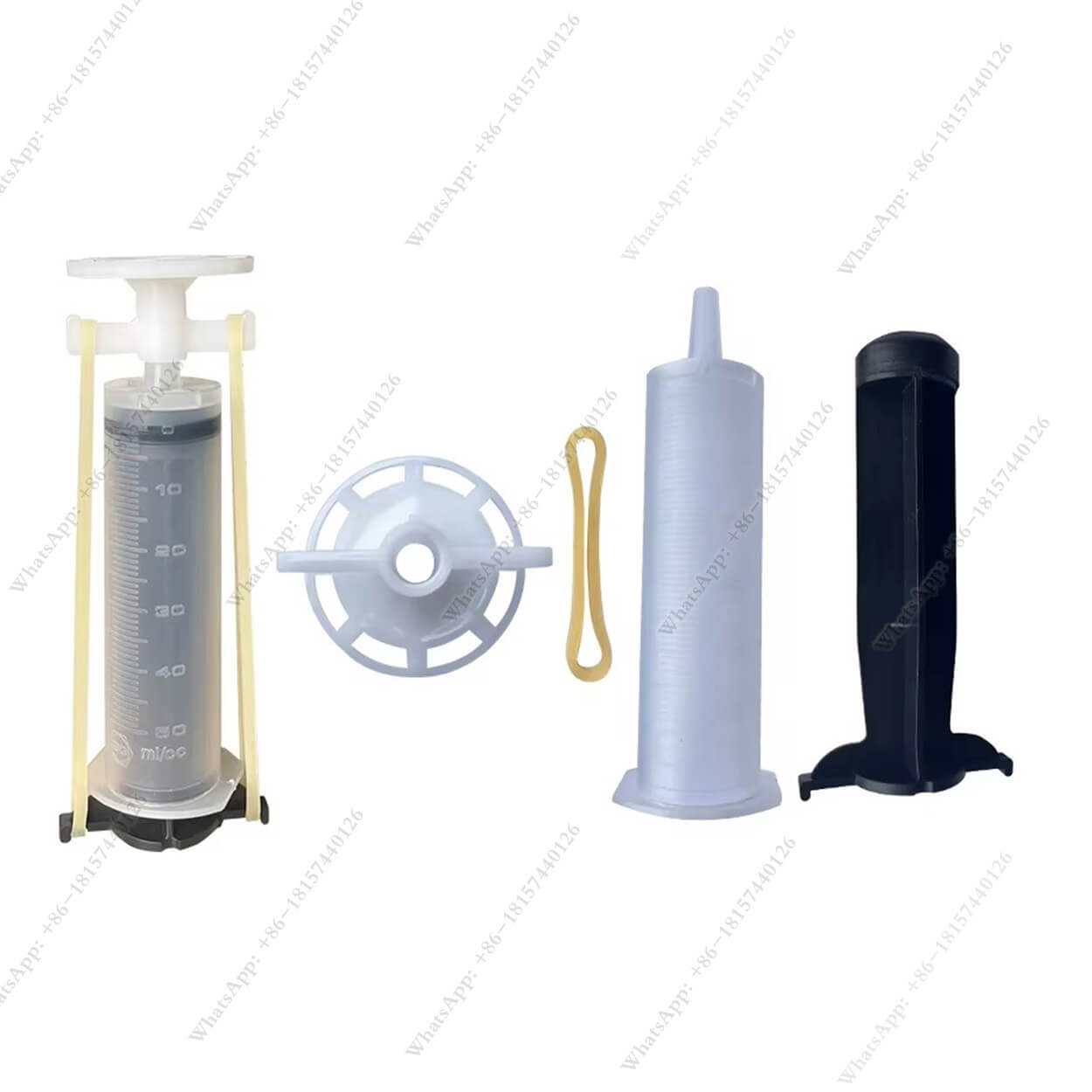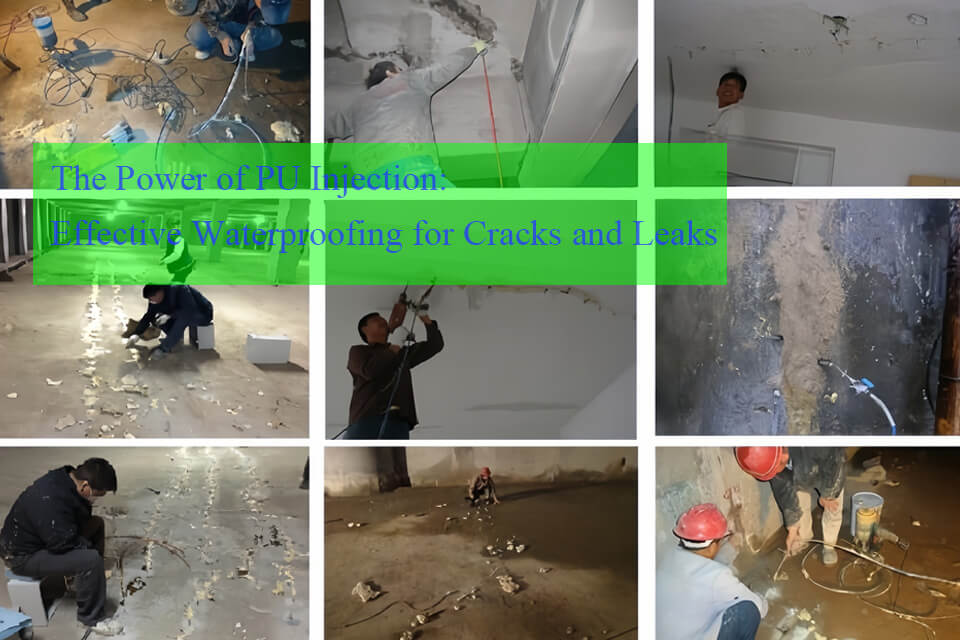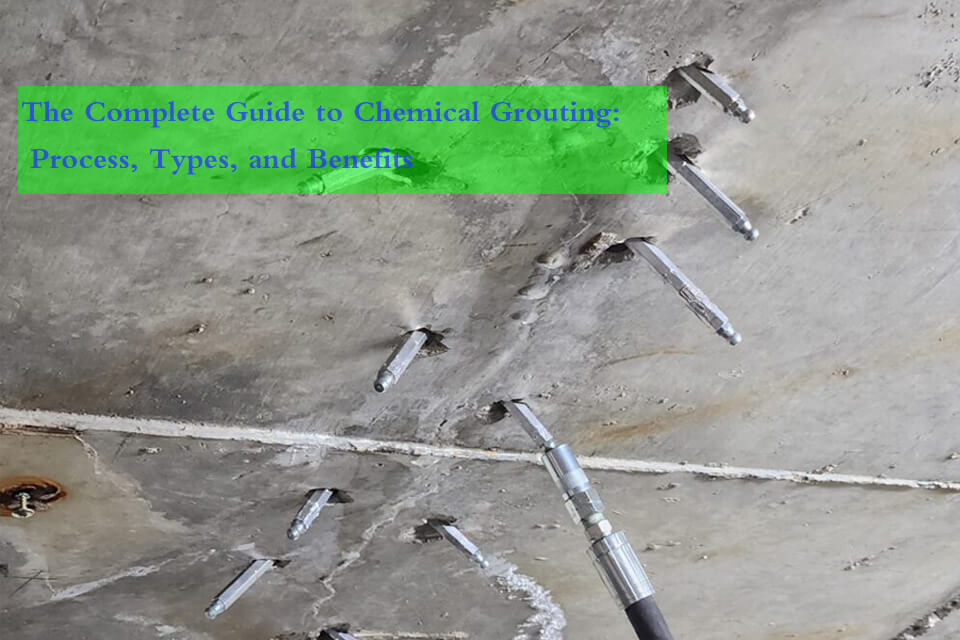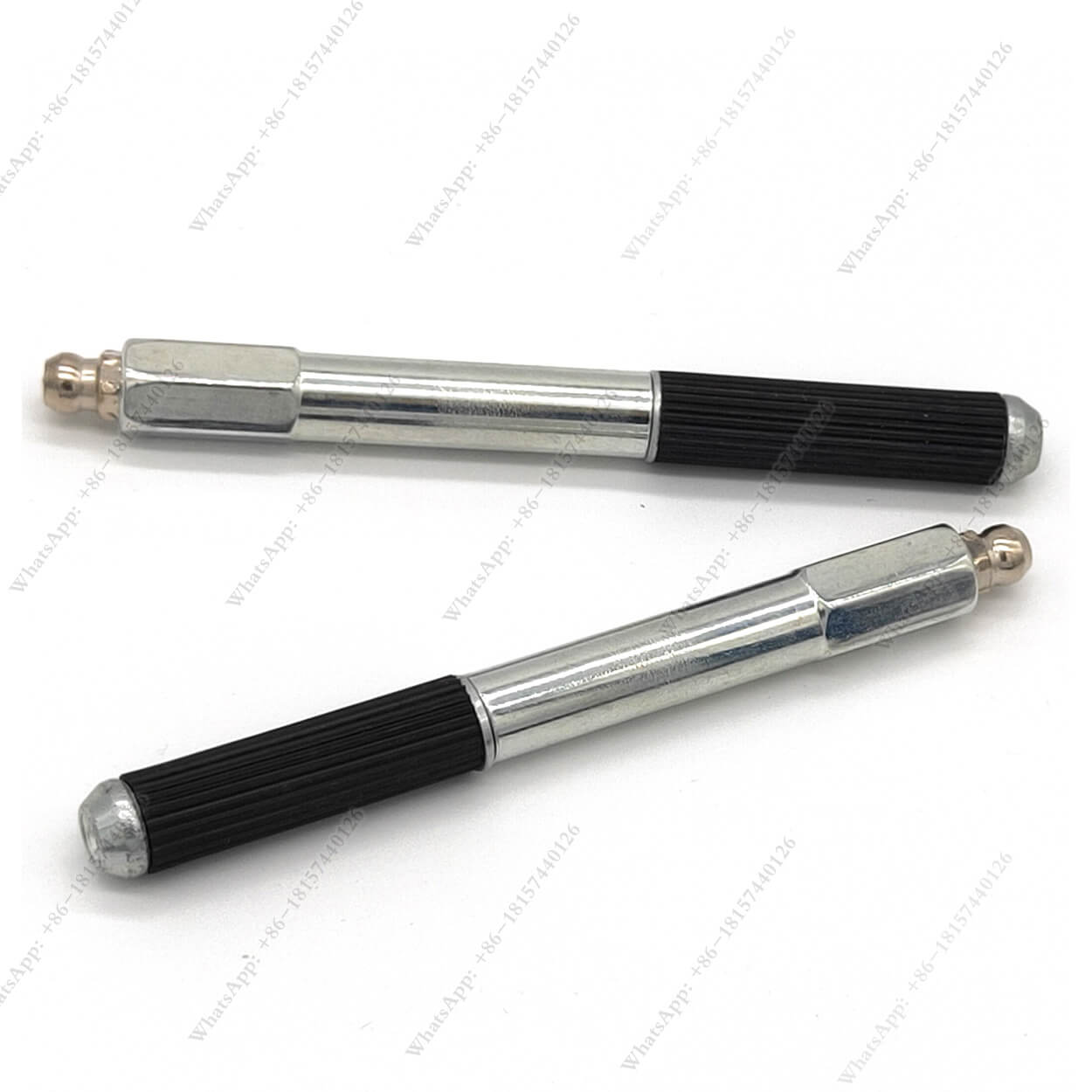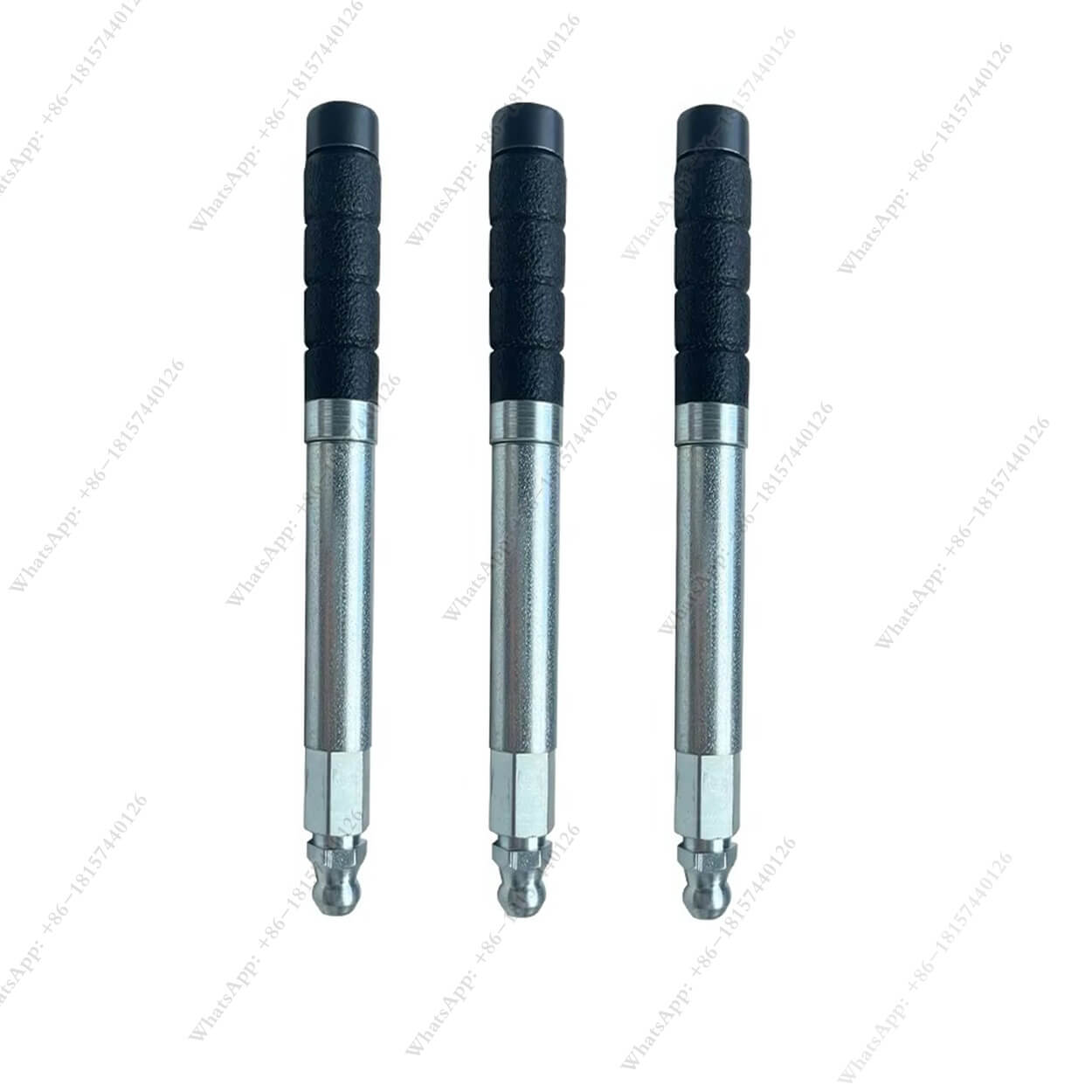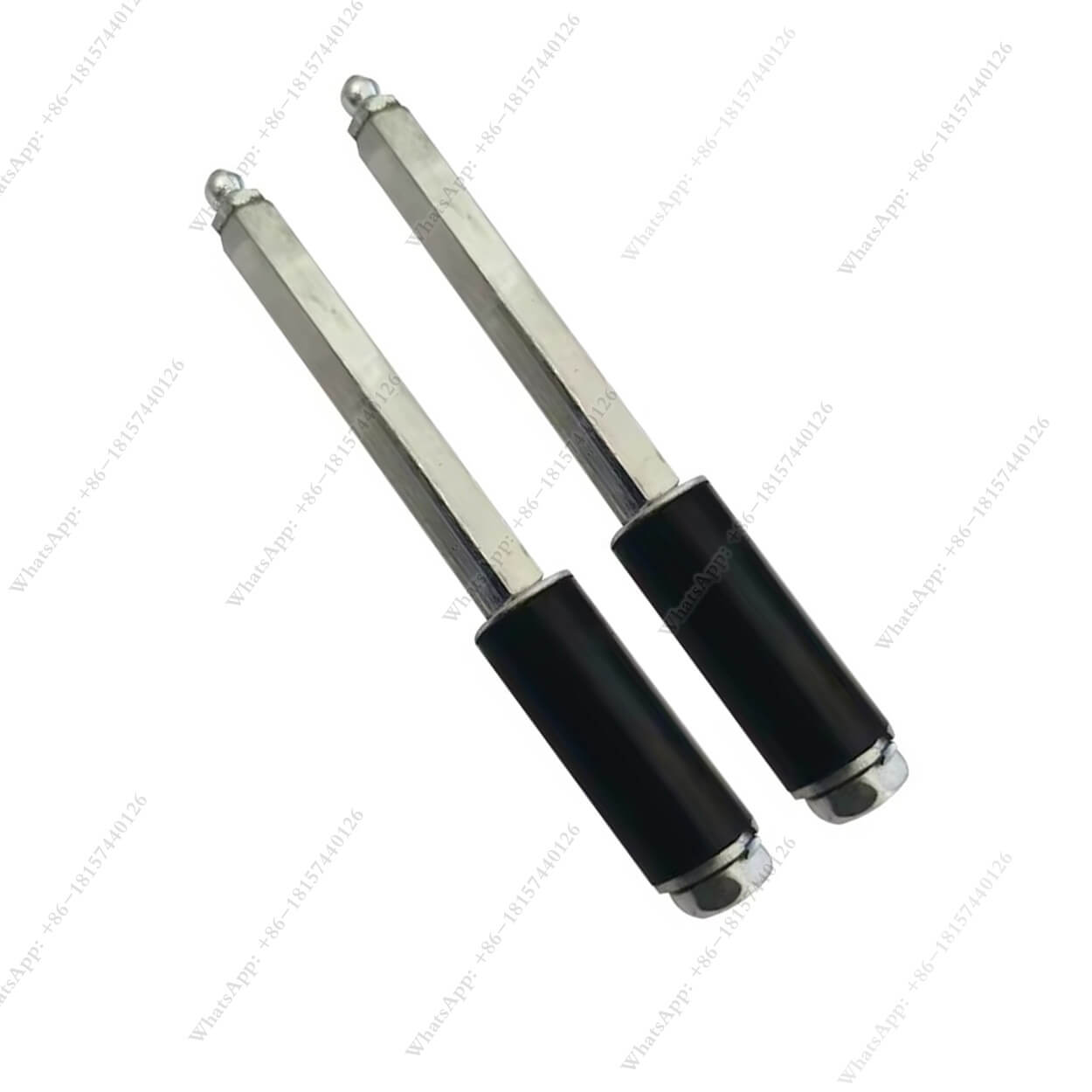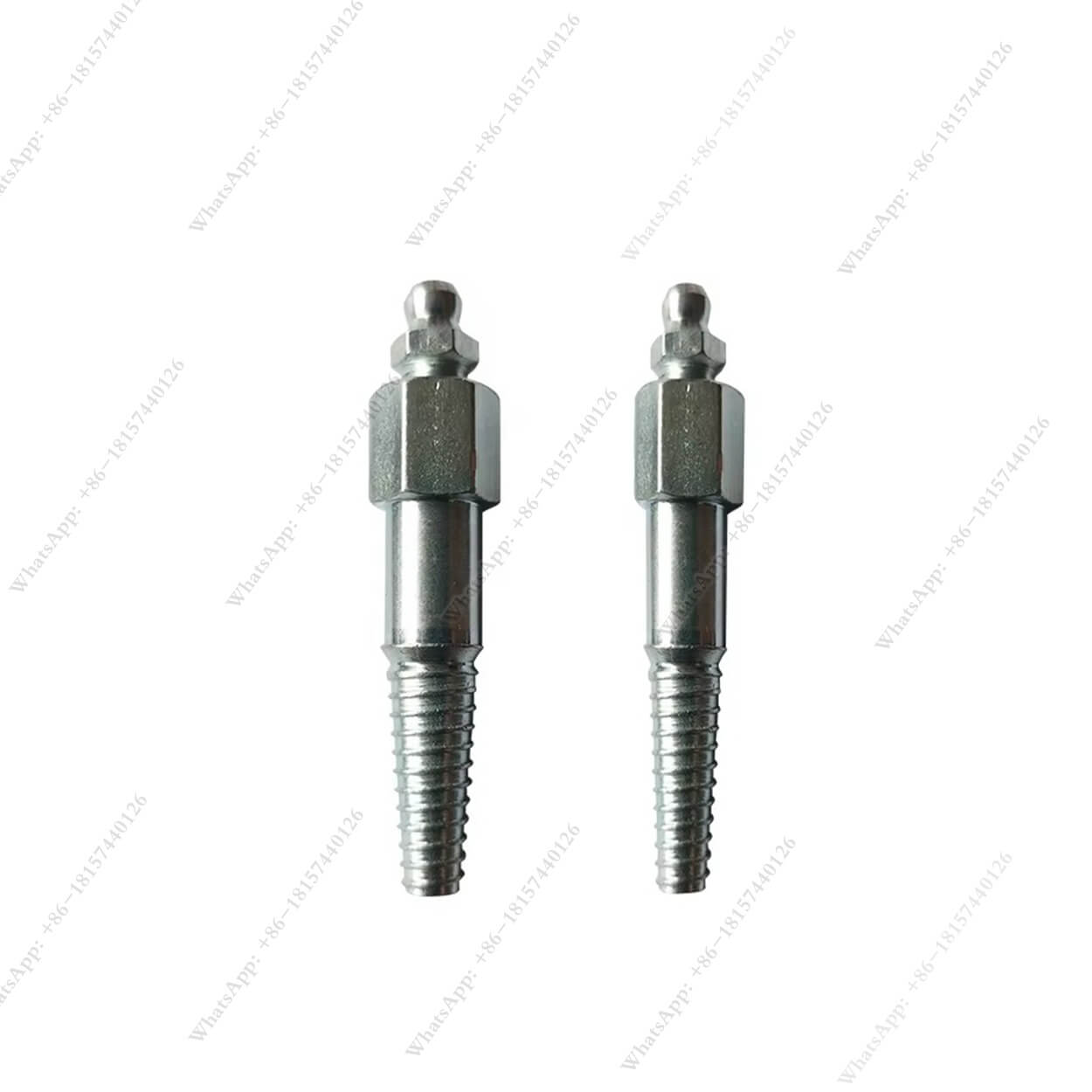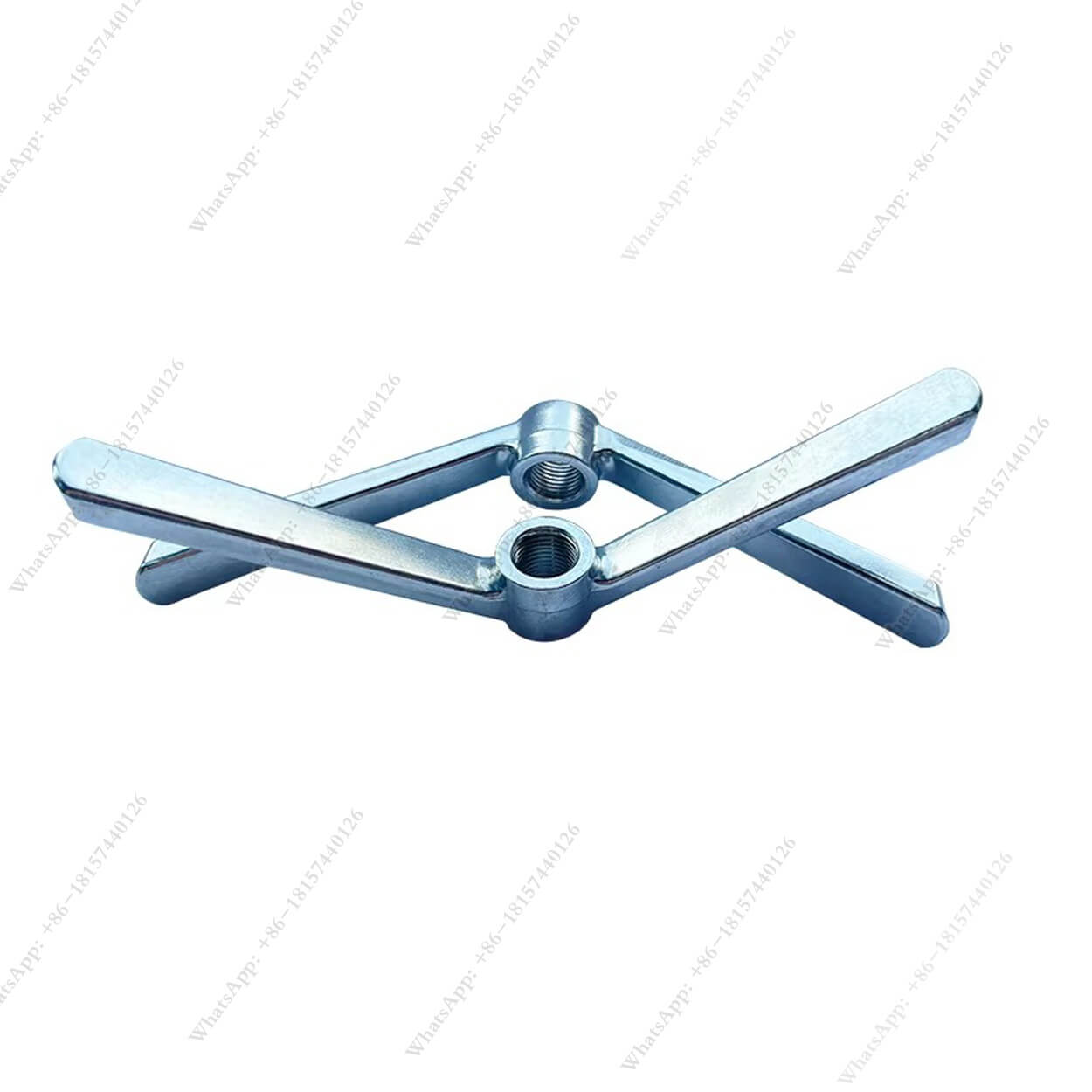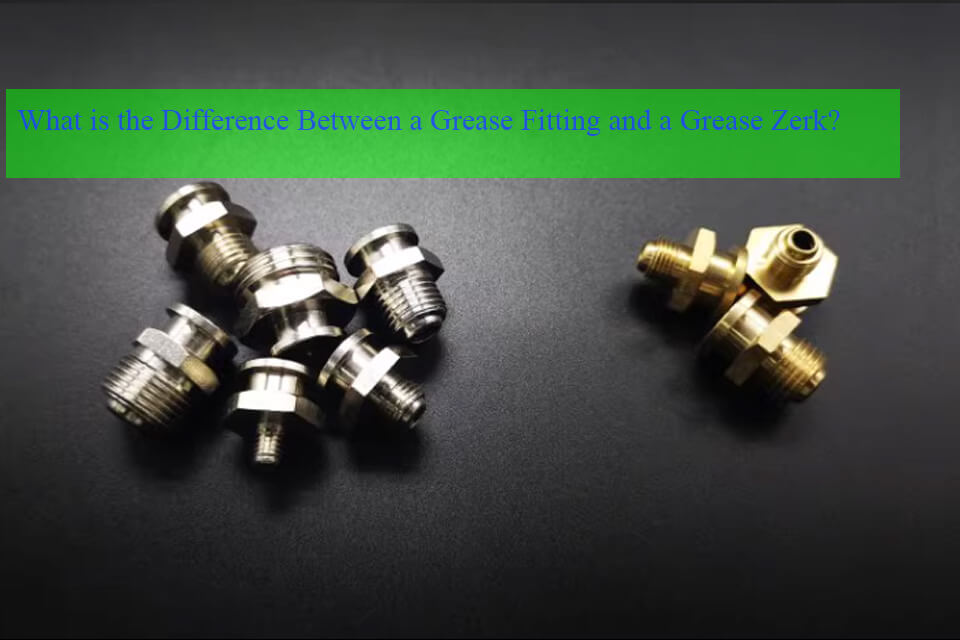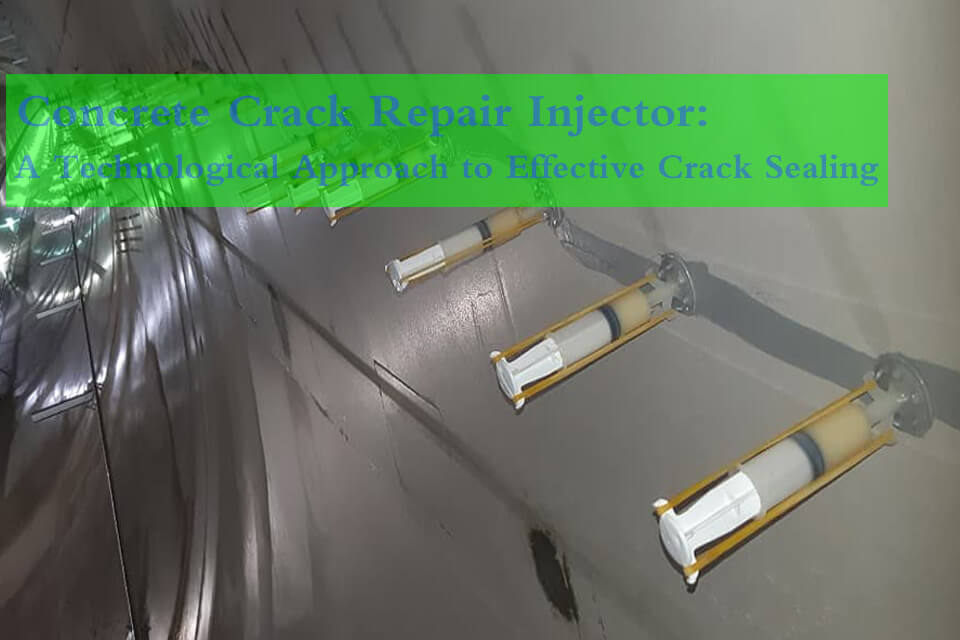The use of grouting, particularly bitumen grouting, has a long history that dates back to ancient construction projects. One of the earliest references to bitumen grouting can be traced to the construction of the Tower of Babel, as documented by Flavius Josephus in the first century AD
By the late 19th century, hot bitumen grouting became a common practice for remedial work on dams and rock tunnels, although poor selection of bitumen grades led to a decline in its use
The technique saw a resurgence in the early 1980s, particularly through successful projects like the Lower Baker Dam and Stewartville Dam grouting in Canada
This revival continued into the late 1990s as improvements in bitumen formulations were made, focusing on harder, oxidized, and environmentally friendly types that possessed a high solidification point, which were deemed more suitable for effective grouting
Significant documented operations in bitumen grouting include efforts to mitigate leaks in the Lower Baker Dam, where an early attempt more than 75 years ago successfully addressed leaks but led to secondary flow channels due to bitumen creep, requiring repeated interventions in the 1950s and 1960s
The 1982 attempt to employ polyurethane grouts for similar purposes, however, did not yield the desired results, prompting a return to hot bitumen grouting techniques that effectively managed substantial water inflow under significant reservoir pressures
As the construction industry progressed, the management of annular spaces evolved, transitioning from simple filling methods to more advanced grouting techniques
This evolution reflects a growing understanding of the long-term implications of grouting and the importance of employing sophisticated materials and methodologies to ensure structural integrity and sustainability in construction
Modern grouting practices now emphasize meticulous attention to material selection, mix design, and application processes, which are critical for successful project outcomes
The integration of innovative technologies and advanced materials marks a significant departure from traditional methods, illustrating a matured approach to tackling the complexities inherent in contemporary construction challenges
